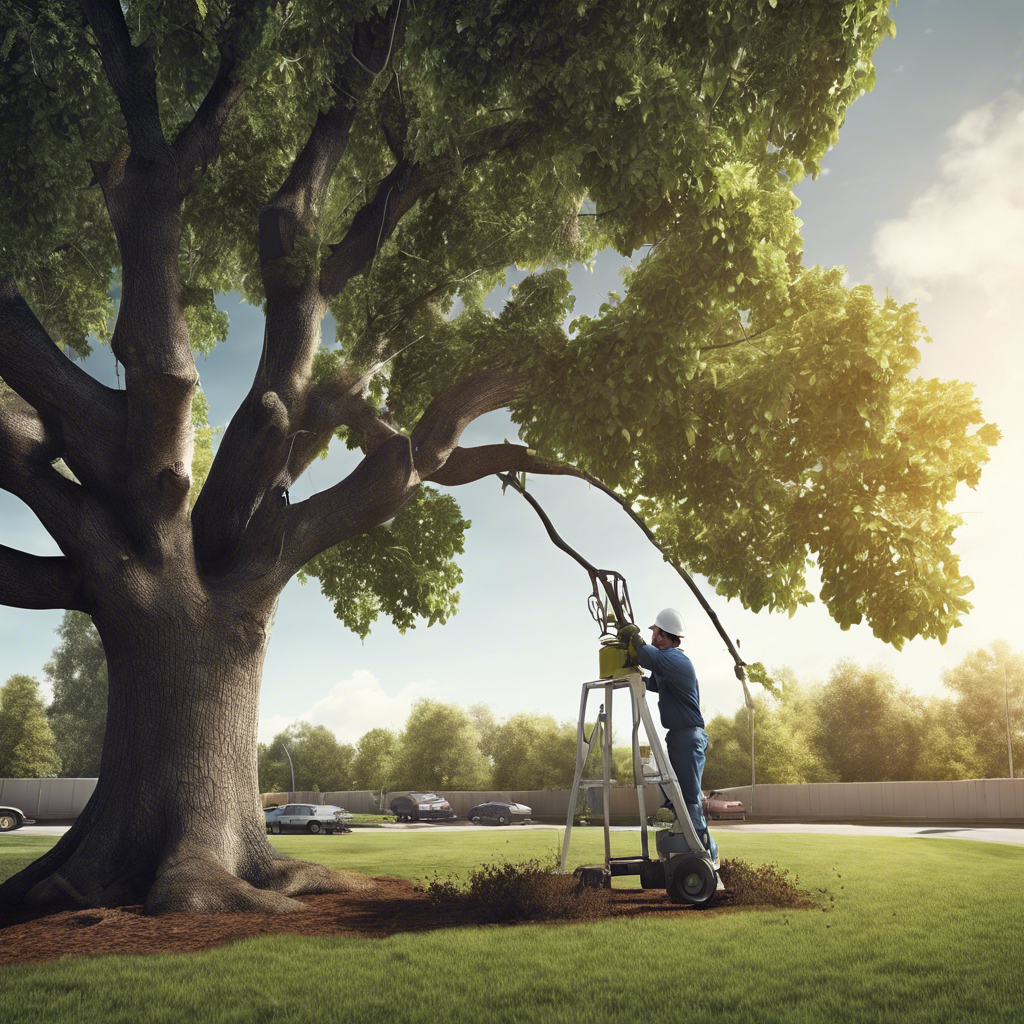Tree Pruning 101: Maintaining Healthy Trees
- jayson578
- Aug 27, 2024
- 3 min read
Welcome, fellow tree enthusiasts! If you’ve ever marveled at the beauty of nature's artwork in your backyard or local park, you’ll understand the importance of proper tree care. In this blog post, we dive into the art and science of tree pruning, exploring the key practices to maintain healthy and vibrant trees that not only enhance your landscape but also contribute to a greener environment.
Why Pruning Matters
Picture this: a garden dotted with lush, well-groomed trees swaying gently in the breeze. Now, imagine the same scene with overgrown branches tangling haphazardly, obstructing sunlight, and posing safety risks. This stark contrast illustrates the significance of pruning in preserving tree health and aesthetics.
Tree pruning isn’t just about aesthetics; it’s crucial for the longevity and vitality of trees. By removing dead, diseased, or crowded branches, pruning facilitates better air circulation, sunlight penetration, and nutrient distribution within the tree. Furthermore, proper pruning promotes robust growth, structural stability, and resistance to pests and diseases.
The Art and Science of Pruning
Pruning might seem like a simple task of snipping here and there, but it’s an intricate process that requires knowledge and finesse. When embarking on a pruning journey, remember the golden rule: less is more. Over-pruning can weaken trees, leaving them vulnerable to stress and damage.
1. Timing is Key
The timing of pruning plays a pivotal role in achieving desired outcomes. While dead or hazardous branches can be pruned anytime, strategic pruning for health and growth should align with the tree’s dormant season to minimize stress and maximize recovery. For most tree species, late winter or early spring before the onset of new growth is ideal.
2. Know Your Cuts
Before reaching for your pruning shears, familiarize yourself with different types of cuts. Thinning cuts involve selectively removing branches to enhance light penetration and airflow. Heading cuts, on the other hand, aim to control the tree's size and shape by trimming terminal buds.
3. Embrace Safe Practices
Safety first, always! Prioritize your well-being and that of your trees by using sharp, clean tools to make precise cuts. Remember to wear appropriate protective gear and assess the tree's condition before climbing it or attempting high cuts to avoid accidents.

Signs Your Tree Needs Pruning
Understanding when your tree requires pruning is vital for its well-being. Keep an eye out for these telltale signs that indicate it’s time for some pruning TLC:
Dead or Broken Branches : Remove deadwood to prevent decay from spreading and posing safety hazards.
Crossing or Rubbing Branches : Trim intersecting branches to prevent damage and allow healthy growth.
Excessive Suckers or Water Sprouts : Prune out these vigorous growths to redirect energy to essential branches.
Diseased or Infested Branches : Cut out affected branches promptly to protect the tree from further harm.
Conclusion
Tree pruning is an art form that blends aesthetics with science, benefiting both trees and their admirers. By understanding the principles of pruning, practicing safe techniques, and recognizing when your tree needs attention, you can foster a flourishing arboreal paradise in your backyard.
Remember, healthy trees don't just enhance landscapes; they purify our air, provide shade, and support biodiversity. So, grab your pruning tools, don your gardening gloves, and embark on a journey to cultivate healthier, happier trees – because a greener world starts right in your garden!
Happy pruning!




Comments